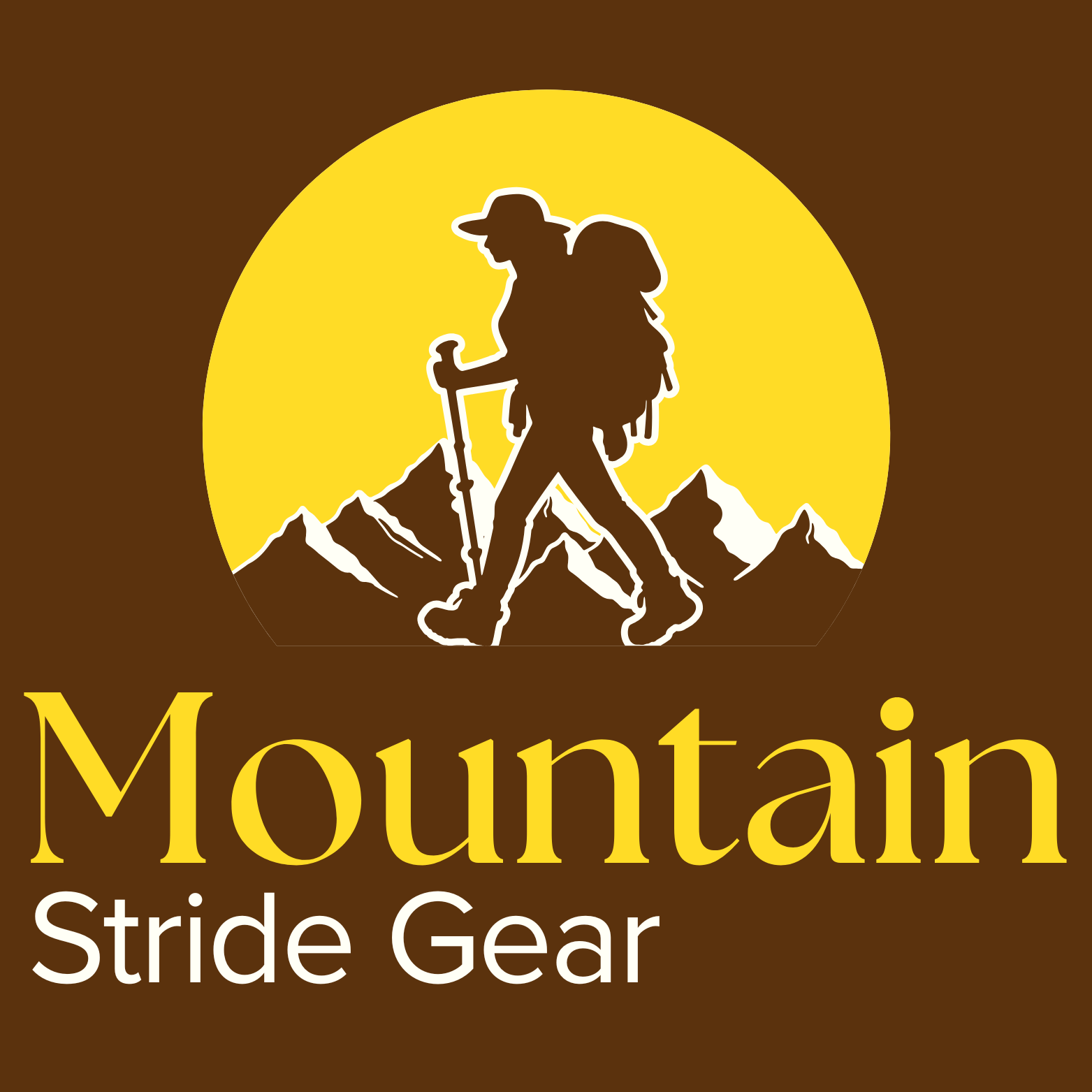Imagine stepping off the trail, the air tinged with pine and possibility, and within minutes firing up a portable stove to cook a sizzling meal under the open sky. Whether you’re headed out for a week-long backcountry expedition, a quick family RV trip, or a laid-back weekend at a local campground, you want meals that are easy, tasty, and stress-free. In this guide, you’ll learn which outdoor cooking gear matters, food prep hacks that save time, and how to plan meals so your cooking experience outdoors feels like second nature.
Must-Have Outdoor Cooking Gear
1. Reliable Cooking Heat Source
- Camping stoves: Choose a lightweight canister stove for backpacking or a dual-burner propane stove for car camping.
- Fuel options: Ensure compatibility—propane, butane, isobutane, or white gas—depending on your stove. Check that fuel density and burn time meet your trip length.
2. Cookware & Cook System
- Choosing materials: Titanium or aluminum is great for ultralight setups; stainless steel or cast iron offers durability for base camps or RVs.
- Essential items: A pot with a lid, a frying pan, nesting cookware (pots that stack), and lightweight mess kits make up the core.
- Extras: Collapsible bowls, durable utensils, a strong knife, pot lifters, and cutting boards can make meals smoother.
3. Storage & Cleanup Tools
- Coolers and food containers: Keep perishables safe; consider bear-resistant containers in wildlife areas.
- Resealable bags and bins: Sort ingredients ahead of time to reduce mess.
- Portable wash station: Even a water jug, biodegradable soap, and a scrub pad go a long way keeping dishes clean.
Gear Selection Based on Trip Style
A. Backpacking & Ultralight Adventures
- Go for ultralight stoves (e.g., micro canister models), nesting titanium pots, and foldable utensils.
- Limit gear to multi-use tools—combining functions like pot-lid pans or spork utensils can shave off weight.
B. Car Camping & RV Trips
- You have more space, so heavier cookware like cast-iron Dutch ovens or full-size grills becomes practical.
- Portable prep tables, organization bins, and larger coolers make meal preparation more comfortable.
C. Family & Casual Campouts
- Opt for durable, easy-clean gear: BPA-free dinnerware plates, insulated mugs, and shared heavy pots.
- Consider group-friendly cooking setups—large pots, shared utensils, and bulk ingredient storage.
Actionable Tips & Hacks for Food Prep Outdoors
1. Pre-Mix & Pre-Prep at Home
Chop vegetables, blend seasoning mixes, and pre-cook things like rice or beans. According to outdoor cooking enthusiasts, this reduces cooking time by up to 40%. It also lowers mess and stress in the backcountry.
2. Use Foil-Pack Cooking
Wrap protein, veggies, and sauces in heavy-duty aluminum foil to cook directly over coals. Minimal cleanup, maximum flavor—and no heavy pans to worry about.
3. Plan Simple, High-Energy Meals
- Breakfast: Oatmeal, pancake batter in a squeeze bottle, or dehydrated meals.
- Dinner: Things like one-pot chili, stir fry, or foil packet dinners.
- Snacks: Nuts, dried fruit, jerky—that fuel you on the move.
4. Organize Your Cooking Zone
Designate areas for cooking, washing, and storing food to keep campsites clean and avoid attracting wildlife. Use labeled containers so everything has its place.
5. Prioritize Safety & Cleanliness
Wash your hands before handling food. Boil water or use purification for drinking. Store perishable food at safe temperatures. Use biodegradable soap at least 200 feet from waterways.
Trends & Statistics in Outdoor Cooking Gear
- Ultralight backpacking gear has grown in popularity: gear packs and stoves under 2 lbs are seeing year-over-year sales increases of 15–20%.
- Collapsible and modular cookware kits (that nest or fold) are among the top-rated gear for minimalist campers in recent gear reviews.
- More families are choosing propane-based dual burners for car camping, citing speed, ease, and safety for cooking larger meals.
Cooking like a pro outdoors isn’t about having the flashiest gear—it’s about choosing the right equipment, planning ahead, and using clever hacks to make your meals delicious without the stress. Key takeaways:
- Select gear suited to your trip style (backpacking, RV, family).
- Pre-prep and organize before you go to save time and fuel.
- Use multi-purpose tools, smart cooking techniques, and safe practices.
Want more tips, gear reviews, and outdoor recipes that truly work in the wild? Join our newsletter for seasonal advice, packing checklists, and exclusive hacks to make your next adventure your best one yet. Share this post with fellow adventurers and explore our other guides on hiking gear, campfire recipes, and efficient pack organization.
